Tonopah Mines & Mills
(Not including the Tonopah Historic Mining Park, which can be found on its own page.)
(Not including the Tonopah Historic Mining Park, which can be found on its own page.)
The Victor Shaft, one of Tonopah's deepest at 2,375 feet, was a part of the Tonopah Extension Mining Company (organized in 1901). It was notable not only for its use of electric trams below ground from 1919 until around 1930, but also for the heavy flow of hot water found at the deepest levels in the 1920s. The hot water required continuous pumping, which the Extension Company used to feed a swimming pool for Tonopah residents at what was called 'Victor Park'. The pool was used until the early 1950s, and following the mine's closure the pumps were shut off. The shaft has also since caved in. A company in the 1980s planned to reopen the Victor, and even stabilized the original headframe, but no further development ever occured.


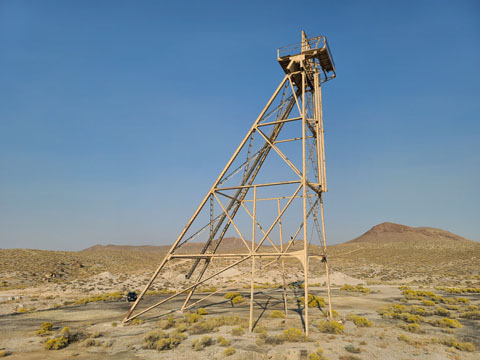
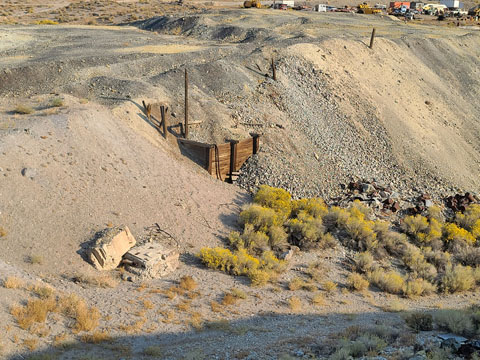


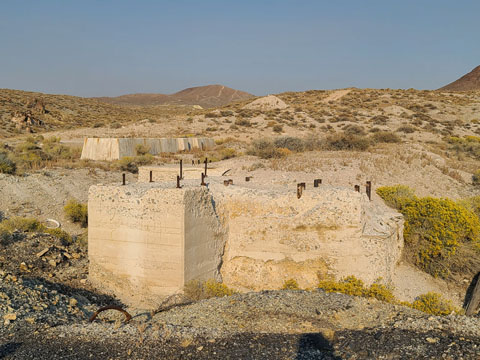




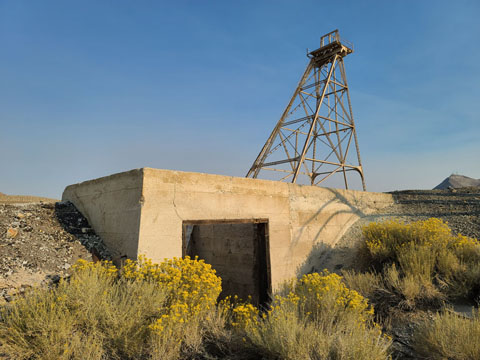
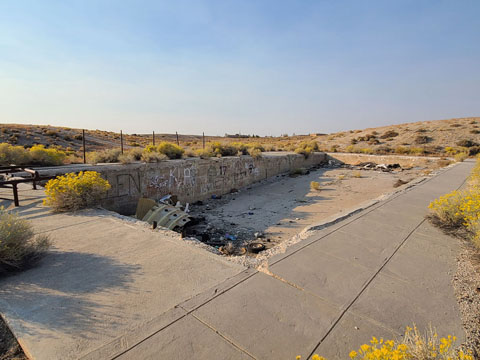
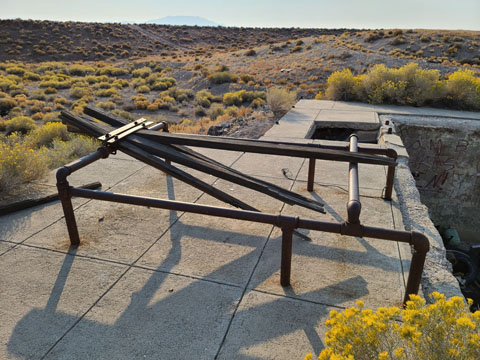




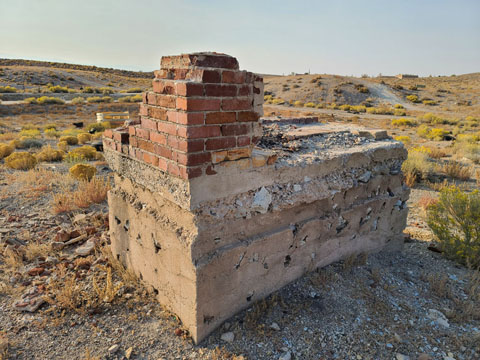

The West End Consolidated Mill was the first in Tonopah, erected in 1903 by a Comstock metallurgist named Kinkead. It was soon purchased by the Tonopah Mining Company, and again by the Midway Mine in 1904. It was later acquired by the West End Consolidated Mines Company, who from 1906 until 1945 produced about $14.5 million.

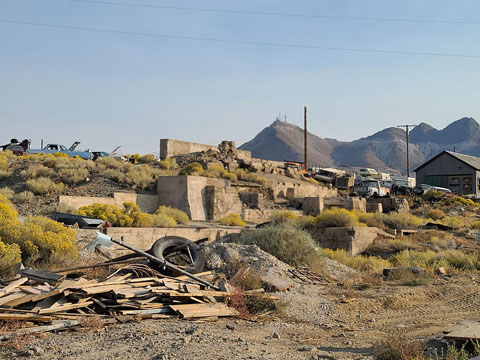
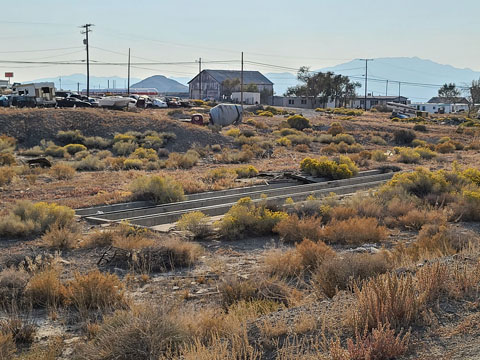
The Tonopah Belmont Development Company was started in 1902. Three years later, a 60-stamp mill was built at Millers. Work was initially slow until a new discovery was made at the 1000 foot level in 1909. On February 23, 1911, a fire broke out at the Belmont Mine. During the disaster, the Desert Queen shaft was used to retrieve miners, both dead and injured, and hero "Big Bill" Murphy made two successful rescue trips, though he unfortunately never returned from his third. A total of seventeen miners were lost, making it one of Nevada's worst mining disasters.
In June 1911 construction began on a 500-ton cyanide mill, which went into operation July 25, 1912. The mill operated until 1920, when ore was again shipped to Millers (this time to the Tonopah Mining Co.'s Desert Mill). From 1929 onward, the mine was worked by leasers until a second fire on October 31, 1939 damaged the headframe and destroyed the shaft buildings (though there was no loss of life), leading to the mine's ultimate closure. A total of $39.5 million was produced.


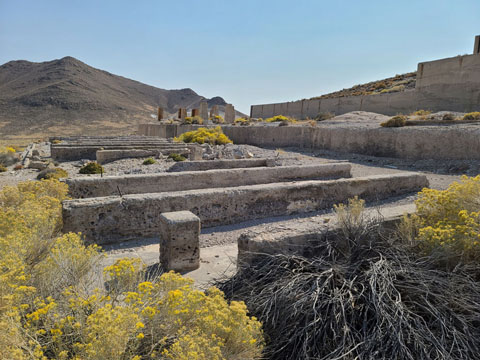

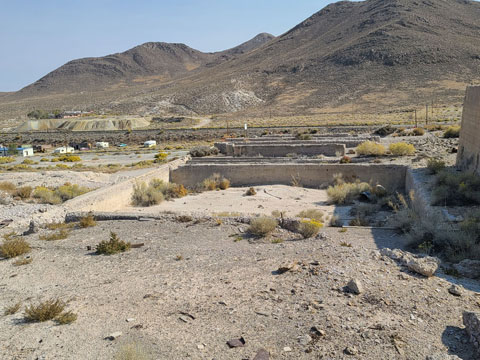
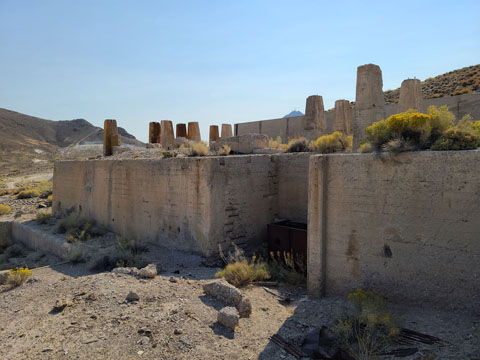













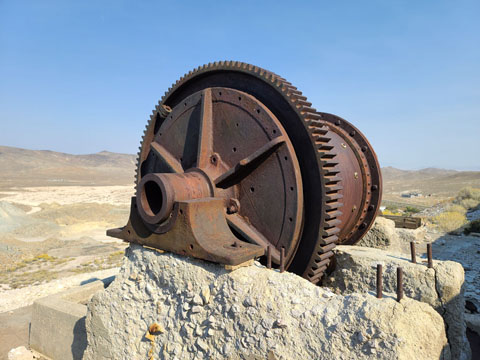
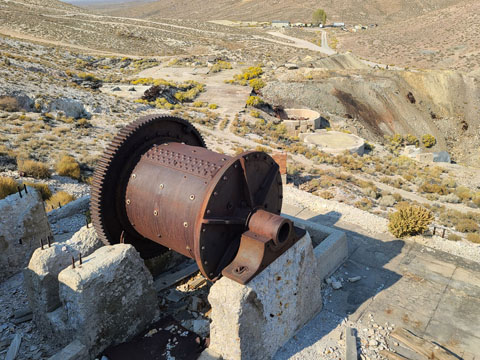

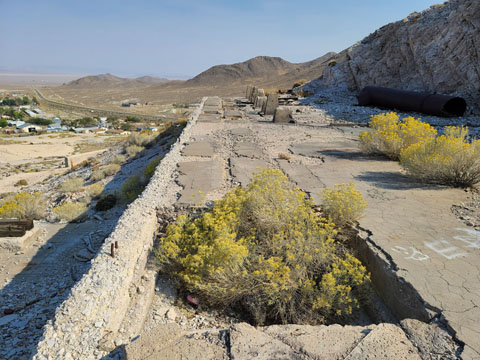

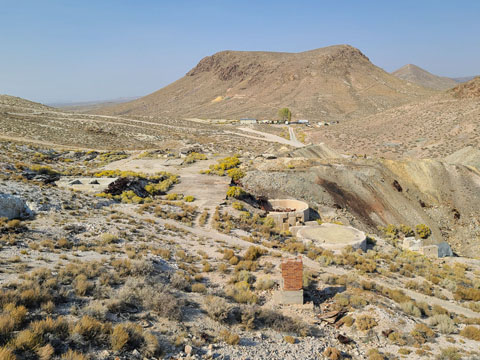
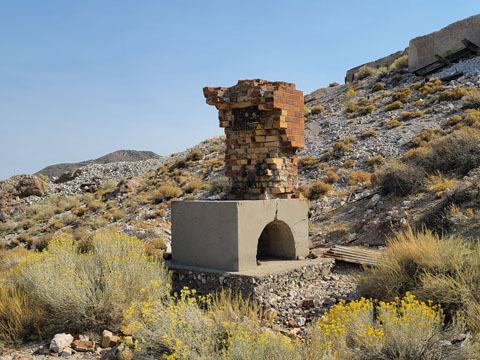
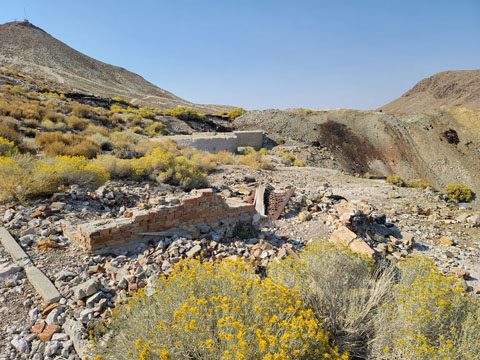

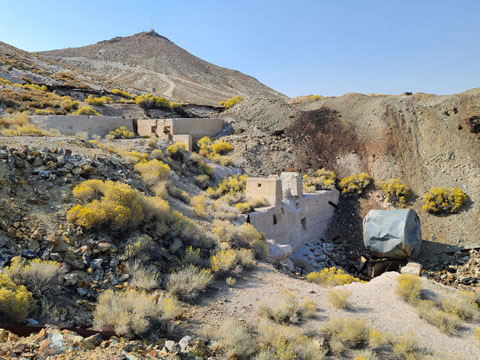


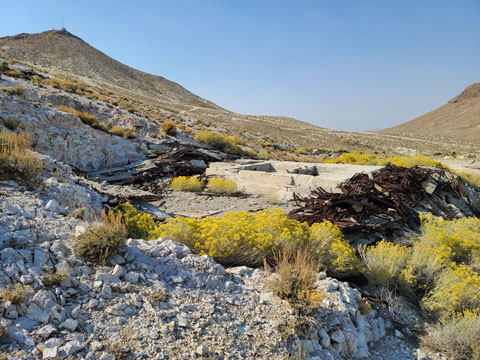


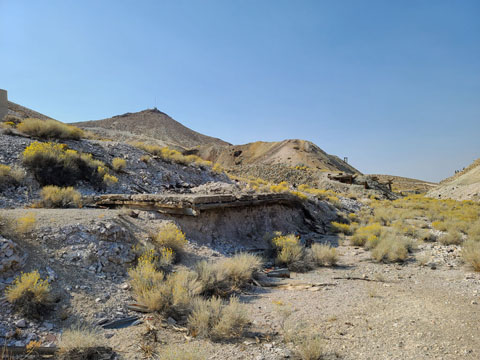

Tonopah
Tonopah • Mines & Mills
Tonopah Historic Mining Park
Tonopah Army Air Field
Bibliography